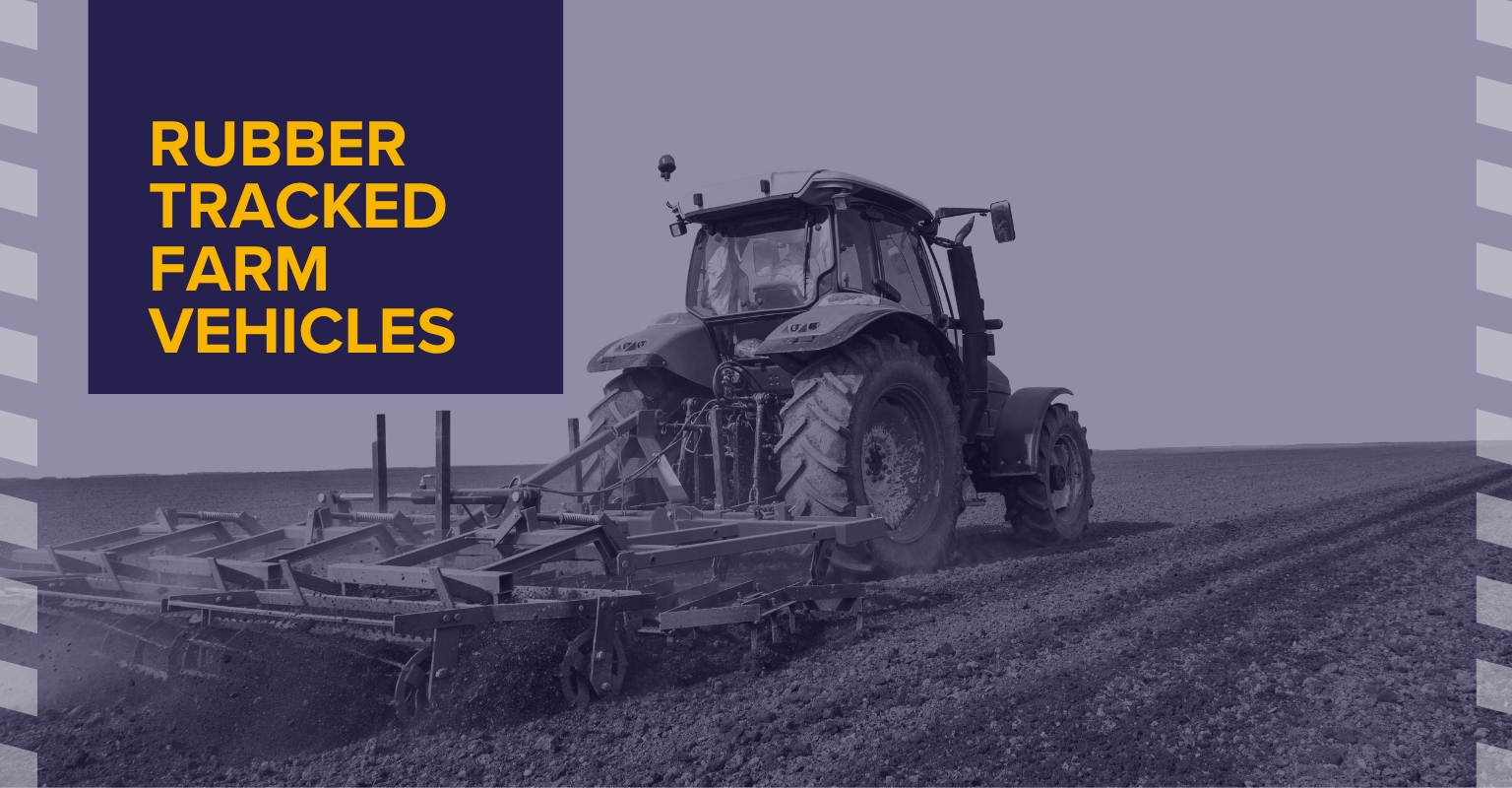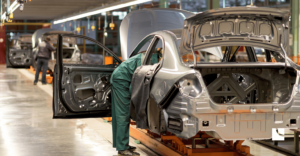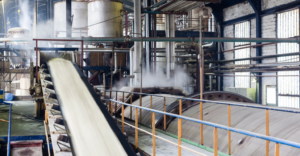
Tracked utility vehicles are the backbone of agriculture, and without them farmers can experience costly delays. Operational reliability is essential for this sector, so these machines must be designed to transport high loads while withstanding mud, water, uneven ground, changing temperatures and unplanned impact.
To keep the tracks turning, accurate bearing specification is critical. Here’s everything you need to consider when specifying bearings for rubber tracked farm vehicles:
Load capacity
Different tracked vehicles will perform different tasks, which means load capacity is not a one size fits all measurement. It’s essential that you identify the expected loads (radial and axial) and specify a bearing that offers sufficient load carrying capacity for the machines intended purpose.
Not doing so will significantly increase the likelihood of premature bearing failure.
Rotational speed
Just like load capacity, speed is another variable that will change depending on the tracked vehicle you are specifying for. You must consider the rotational speed requirements of each particular vehicle and choose a bearing that operates well within those speed limitations.
Bearings that cannot cope with the speed of an application will fail quickly once in operation.
Environmental factors
Agricultural operating environments can be challenging, and will have a direct impact on the performance of the bearings you choose. Temperature, humidity, and exposure to contaminants can all affect bearing performance if you don’t specify a product that has been specifically designed for such environments.
Material selection
Incorrect material specification is one of the biggest causes of bearing failure and for arduous environments it’s even more important to get it right. The right material will resist wear and corrosion, extending bearing life and reducing downtime – essential for time critical applications.
Bearing type
To avoid excessive friction and wear, it’s important to use the right type of bearing for your rubber tracked vehicle. This could be a ball bearing, a roller bearing or a plain bearing, and often seeking professional consultative advice on this can help you get it right.
Agriculture is one sector that really benefits from low-maintenance bearing options like Bowman’s BowMet bearings, because vehicles are often used daily, with little to no time for maintenance.
Cost vs performance
CAPEX (purchase) cost vs lifetime cost can be a difficult balance to get right. Under-specifying your bearing to save money up front, or over-specifying in an attempt to avoid downtime are both likely to lead to unnecessary expense and performance issues. Carefully considering the other factors in this list and specifying a bearing that meets the criteria is the best way to improve bearing life and avoid unplanned downtime.
Vendor selection
Choosing a reputable bearing supplier is essential. Look for someone that can provide a “whole of market” portfolio so you are guaranteed impartial application-specific product recommendations.
Don’t fall for low-cost, low-quality options which will likely lead to frequent failures and increased costs in the longer term.
Need help?
If you need help specifying the right bearing for rubber tracked vehicles, DM me today for a no-obligation audit of your requirements.







No comment yet, add your voice below!